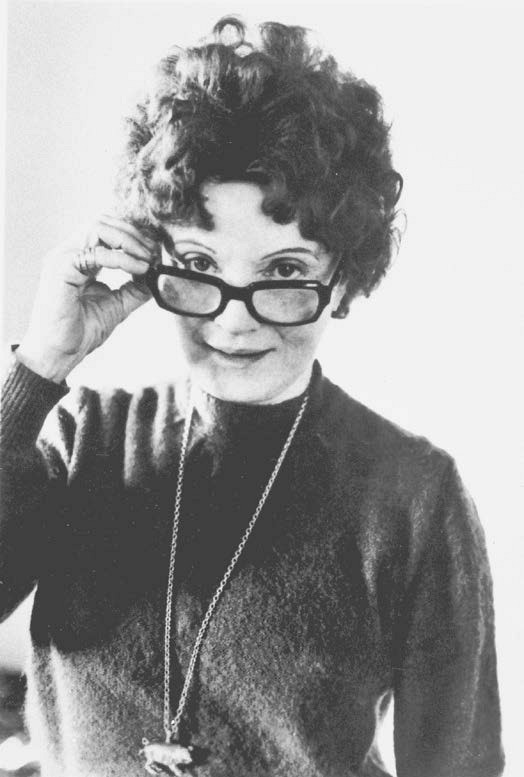The style & technique of MURIEL SPARK
Tony Rossiter looks at a writer, sometimes bracketed with fellow Catholics Evelyn Waugh and Graham Greene, who believed that the tranquillity of a cat could help a writer’s concentration

Jerry Bauer/Writer Pictures
She spent the last forty years of her life in Tuscany, but always considered herself ‘Scottish by formation’.
Muriel Spark was a poet, literary essayist, biographer and shortstory writer, but is known above all for her 22 short novels (typically no more than 200 pages). Here I’ll focus mainly on The Prime of Miss Jean Brodie (1961), probably her best – and certainly her most famous – novel.
How she began
Born in Edinburgh in 1918, Muriel Spark had a Jewish upbringing. She began writing poetry at the age of nine and as a child had a precocious interest in literature, reading Scott, Browning and Swinburne. Educated at James Gillespie’s School for Girls, she took a course in ‘commercial correspondence and précis writing’ at Herriot-Watt College. She taught English for a brief time and worked as a secretary in a department store before marriage took her to Southern Rhodesia (now Zimbabwe). ‘In order to write about life as I intended to do, I felt I had first to live,’ she later said of her decision to leave the UK to marry a teacher, an older man who turned out to be violent. Returning to the UK after the breakdown of her marriage, she became an enthusiast for the work of Ivy Compton-Burnett, wrote poetry and literary criticism, and in 1947 became general secretary of the Poetry Society and editor of the Poetry Review. In the early 1950s she worked with literary journalist Derek Stanford on critical studies of Mary Shelley, Emily Brontë and John Masefield. In 1954 she joined the Roman Catholic church, which had profound ramifications on her development towards becoming a novelist. She wrote her early novels in a bedsit in Camberwell, where she lived from 1955-65, making her debut with The Comforters (1957), which was praised by Evelyn Waugh – and by Graham Greene, who gave her some financial support. She then lived for a time in New York before settling in Italy.